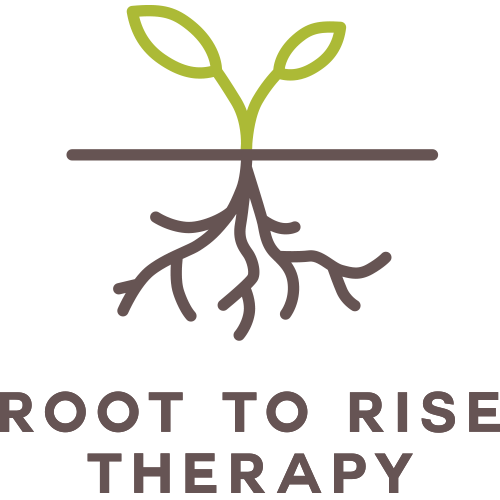The relationship between you and your therapist is an extremely unique and special bond. Your therapist sees the most vulnerable parts of you. They hold you accountable to your goals while also being your biggest cheerleader. The relationship is built on an emotional bond of trust, care, and respect, and research actually shows that the strength of the therapeutic relationship is one of the strongest predictors of successful treatment. The therapeutic process is the rapport-building stage, the processing stage, the stage of change and/or maintenance, and the termination stage.
Inside-Out Healing
At some point in your pursuit of caring for your mental health, you may have stumbled across the words “Somatic Therapy” or “Somatic Experiencing.” While this approach is widely used, it often leaves therapy-seekers curious about its definition and importance. So, what does it really mean to engage in somatic therapy, and how is it helpful?
The Vase
In my work as a therapist, I’ve noticed many clients experiencing a lack in their sense of self. Those who struggle with their sense of self tend to feel directionless, are overly self-critical, have low self-confidence and self-esteem, feel disconnected from their true identity, and prioritize others’ needs over their own. Though a lack of sense of self can manifest in different ways, the last piece of prioritizing others’ needs over their own is what ties all these clients’ experiences together. Almost all of my clients who struggle with their sense of self are people-pleasers.
Rewiring Your Brain for Success
Imagine this: You’re about to speak in front of a group of people, and suddenly, your body seems to have a mind of its own. Your heart starts pounding, your palms get sweaty, and there’s that unmistakable fluttering sensation in your stomach.
Does this feeling sound familiar? Maybe it is set off by the fear of spiders, heights, or flying, but most of us have something that can make us feel paralyzed by fear.
Holding Multiple Emotions at Once
In the last six months, I have experienced both the most joyous and most painful moments of my life, often in the same week, day, or even hour. I have cried holding friends and then found myself doubling over with laughter within the same embrace. I have celebrated unions of love while mourning those who weren’t there to celebrate with me. I have intellectually understood the concept that we can hold multiple emotions at once, but this year taught me to truly notice and appreciate the way my heart has been able to stretch in new ways to hold these intense, often conflicting experiences.
Taking Laughter Seriously
Laughter is a gift that keeps on giving in our social relationships. When we bond through humor, oxytocin is released, causing us to feel more connected and less anxious. I’ve deepened my relationships through the ever-growing list of “inside jokes” and recognize how powerful shared humor is in increasing feelings of trust and vulnerability.
Positive Affirmations
When thinking about positive affirmations, what comes to your mind? Do you cringe at the thought of standing in front of the mirror and complimenting yourself? Do you feel yourself saying, “I’ll never believe these statements.”
Restructuring Sleep Thoughts
You’re lying in bed, staring at the ceiling, watching the clock tick, and you start counting the hours of sleep and panicking about the next day if you don’t fall asleep this very second. Is this a familiar experience to you? I know it is for me. All my life, I’ve self-described as “a bad sleeper.” I struggle to fall asleep, stay asleep, and wake up feeling energized. After years of trying different techniques with minimal success, I was introduced to Cognitive Behavioral Therapy for Insomnia (CBT-I).
The Cognitive Triangle
There has been a lot of buzz around Cognitive Behavioral Therapy (CBT) in the past several years, and many great self-help books and mental health apps have centered around the concepts of CBT. A key component of CBT is the Cognitive Triangle. This is the concept that thoughts, feelings, and behaviors all work together to influence each other. By working to target any of the three points on the triangle, it will naturally impact the other two. In therapy, the most common means of doing this is by challenging irrational thoughts in order to change feelings and behaviors.














